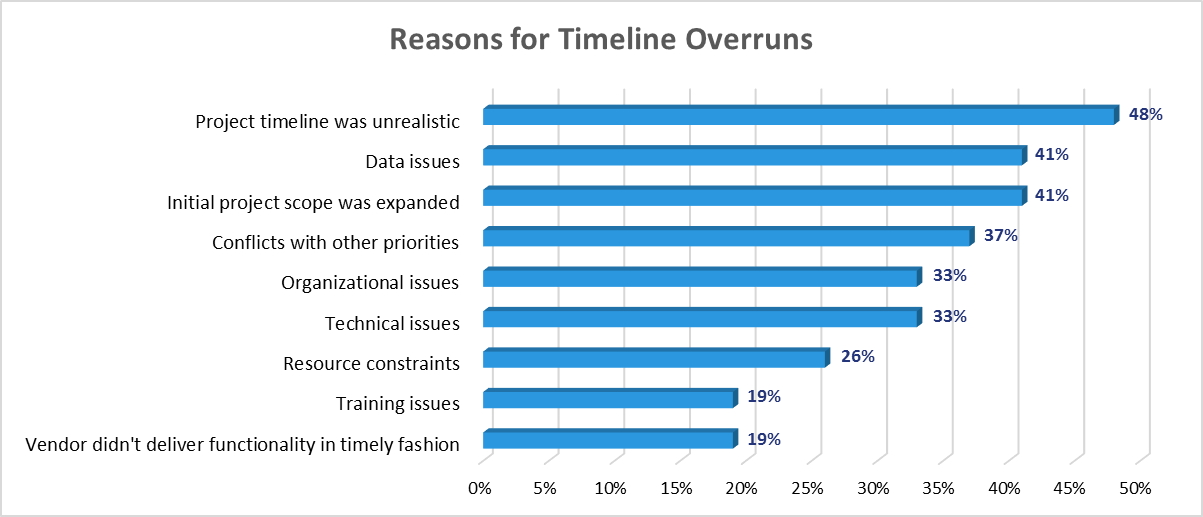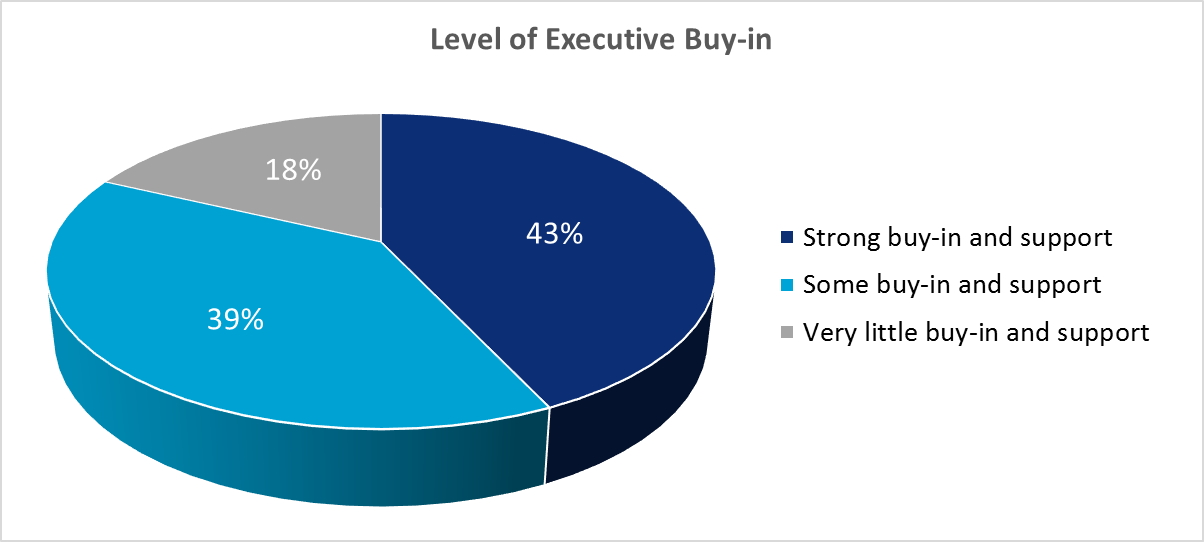How to Plan for a Successful ERP Implementation and Avoid the Pitfalls
With ERP implementation projects continuing to fail, what can be done to avoid falling into the traps that so many companies seem to overlook? Here’s our take on how you can significantly increase the likelihood of your ERP project’s success.
It is impossible to imagine an established business running without an ERP system. Modern ERP software makes it possible to automate the management of almost all major business processes – from production planning, manufacturing, marketing and sales, inventory management, retail, finance, transportation and distribution to HR management and accounting. As a result, ERP implementation naturally becomes one of the most important projects for any company that has survived the “infancy” stage and wishes to continue its growth. However, to increase work efficiency, it is not enough just to buy a software product. A serious project requires implementation, and mistakes made in this process will lead to a significant decrease in efficiency or even a complete rejection of the new system.

As statistics show, many ERP projects continue to fail despite the abundance of well documented ERP “horror stories” based on multimillion and multibillion project failures that happened to Lidl, Target, Avon, Hertz, Haribo, etc. And among those that have yielded some results, there is a high proportion of projects that take more time than planned, cost more than expected, and encounter risks
that were not predicted.
According to the results of Panorama’s annual global 2019 ERP Report that analyzed data from 241 large, medium and small businesses, 58% of surveyed organizations experienced timeline overruns, while 45% spent more money on their ERP implementation than was budgeted (on average paying 24% on top). So what can be done to avoid falling into the traps that so many companies seem to overlook? Below are our main recommendations you should follow to avoid the major setbacks when implementing ERP.
1. Ensure a clear alignment of the implementation to the overall business strategy.
The mismatch between the project and the overall strategy of the organization is one of the most frequent (and most difficult to overcome) challenges. For example, your current business strategy is to improve customer service through the introduction of new technologies that will allow you to overtake competitors. However, if the implementation of the ERP system is aimed at automating office functions, for example, accounting, it will lead not only to misunderstanding within the organization but also to increased project costs and failed expectations regarding the implementation results on both the company’s management and customers side.
2. Set realistic timelines, budget and amount of resources allocated to the project.
The introduction of a new IT system is a large-scale project, usually accompanied by unforeseen circumstances and risks. Most projects are implemented with deviations from the original plan, and the initially unrealistic expectations of the project team will lead to erroneous decisions that will accumulate into a snowball effect throughout the implementation. For example, if you expect that your project will be implemented in an unrealistic timeframe and/or for unrealistic money, this may lead to you cutting time and budget for organizational changes which in turn will lead to an even greater risk of time and budget overruns. Allocating 15-20% on top of the budget and resource plan for contingencies and risks will allow you to adapt to changes in the project and overcome most unforeseen complications.

3. Align your software to your business processes.
One of the biggest mistakes is to allow your chosen ERP system to determine how your business processes will look in the future without thinking about their substance. As a result, your staff may refuse to use your ERP and stop carrying out the processes necessary to keep your business running. Before selecting software, you should define how your business operates by mapping your current processes and focusing on working smarter, not harder. Today ERP systems include many modules and at the same time provide the flexibility to be customized to match your day-to-day tasks.
4. Gain strong senior and middle management buy-in and support.
Many understand the need for senior management’s approval of budgets and resources, but management involvement should go way beyond these functions. Top management must be willing and be ready to take responsibility for introducing widespread changes in their company. They must also be involved in current business decisions, changes in business processes, in controlling and motivating staff. The introduction of a new IT system is an organizational change; therefore, it requires proper command and control from the management. Similarly, heads of the main business processes should also be involved as much as possible in the selection and implementation of the system to ensure they get what they want and not just need. A poor understanding of what is happening and the lack of participation in the implementation by key departments can significantly increase both the implementation time and the ROI period for the new system.

5. Pay enough attention to staff training and change management.
Changes can be difficult especially for employees who have worked for your company for a long time. Resistance to change is a natural phenomenon that leads to low system adoption, reduced productivity, low benefits realization and the overall disruption of operational activities. Therefore it is vital for your employees to get proper education and customized training on the new system. However, it is only one component of an effective change management strategy and underinvestment in other activities, e.g. communication plan, change impact analysis, benefits realization plan, etc., can be as disastrous.
Considering how ERP software is helping companies achieve enhanced productivity, seamless integration, built-in intelligence, and superior automation, proper implementation is essential to get the most out of your investment and effort. And with some companies not realizing how difficult the implementation of ERP can be, the need for external assistance is often underestimated. So our last advice is to choose a trusted consulting partner with a vast experience of ERP implementations, such as Industry Consulting Service. Our team of experienced developers and consultants will help you avoid a great deal of frustration and expensive mistakes and ensure that your project becomes an ERP success story. So get in touch with us today!